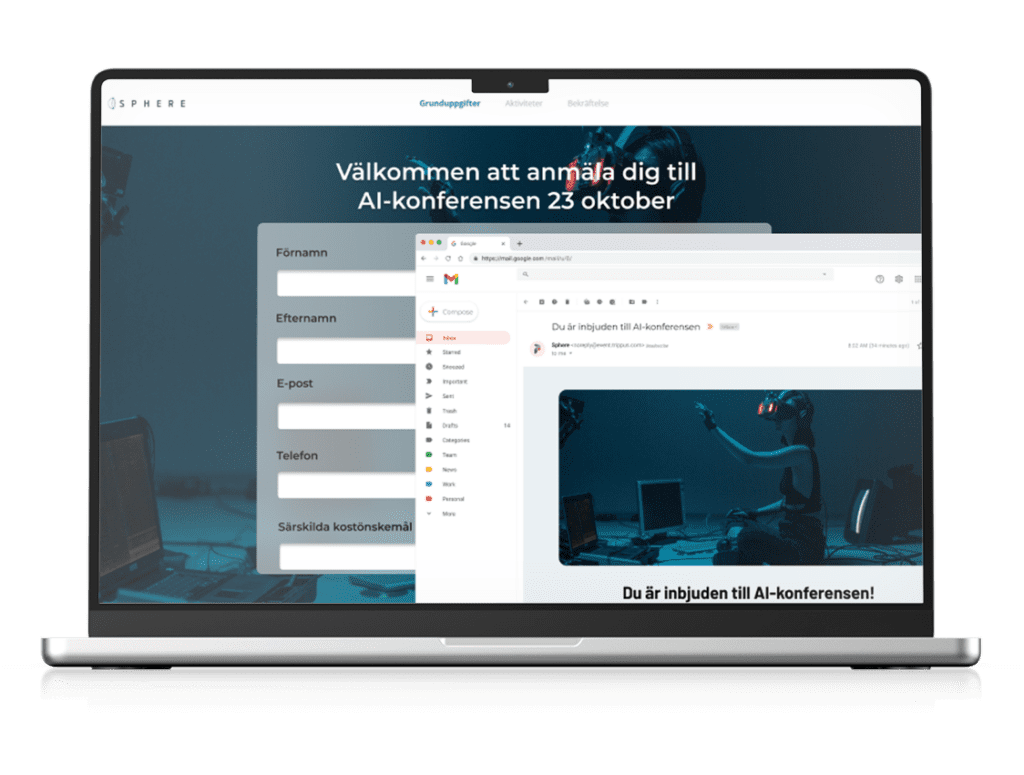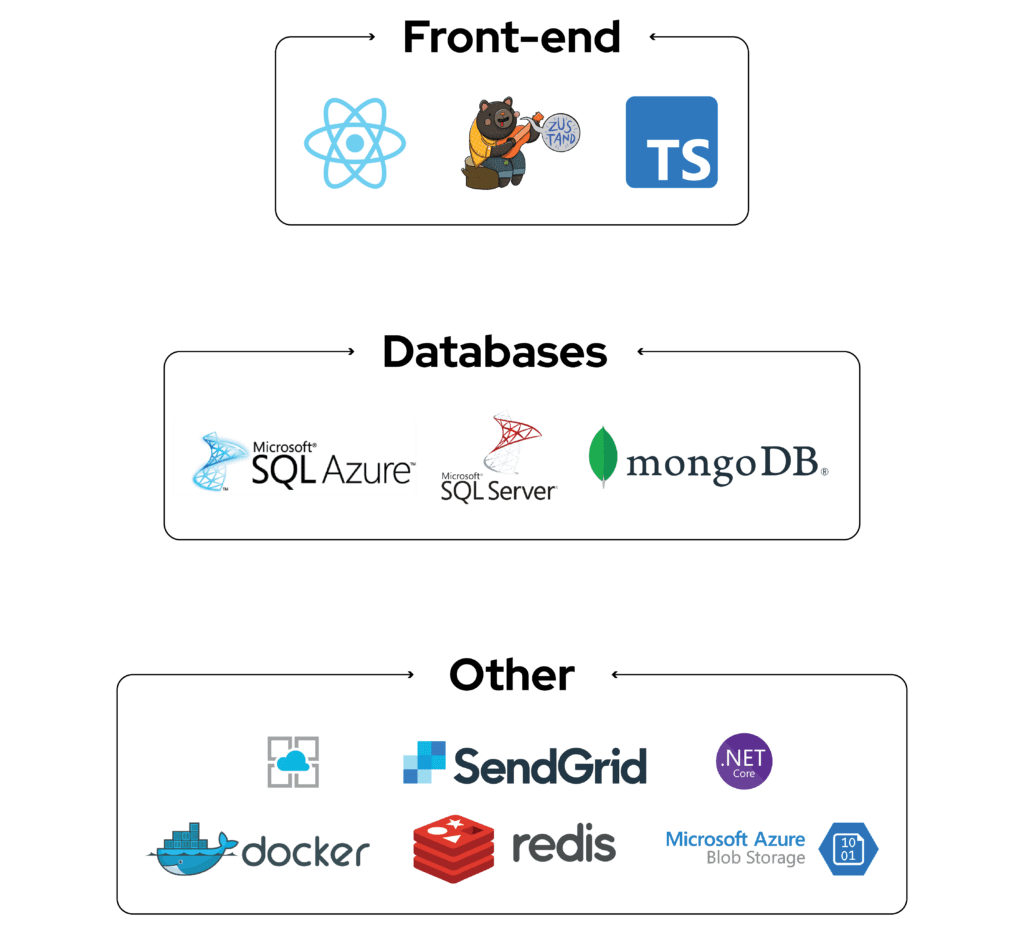Trippus
When it comes to building a SaaS platform for use by anyone—be it a grand conference, an intimate meeting, or a post-2020 ‘hybrid’ event, there aren’t many companies which can match up to Sweden’s Trippus. Envisaged as the go-to platform for event promoters, Trippus’s platform is chock full of features which can support the entire event lifecycle, from pre-planning to post-event engagement. Users are provided with everything from e-ticketing, registration, and even an analytics dashboard for their events. Trippus even has an in-house team who will work with large scale event promoters to provide on-site support to handle registration and manage access to breakout spaces.
In a given month, Trippus sends out more than 300,000 transactional emails, 130,000 SMS’, powers more than a thousand events, and collectively issues more than 100,000 tickets to participants. In 2023 alone Trippus had over 1 million registrations. While the sheer scale of those numbers is mind-blowing, Trippus is also battle-tested. Most recently, they were the event management platform of choice for the 2023 World Water Week.
.


Evolving beyond a legacy system
Trippus, despite its impressive track record and standing, faced challenges that came with relying on legacy technologies. The platform’s original architecture had served them well for a long time but had evolved into a complex software due to its success and numerous custom requests from large clients. This complexity made it less adaptable to changing business needs, impacting the user experience. Maintenance and customization were no walk in the park either, thus prompting the need for a significant overhaul.
We kicked things off with a tracer bullet project—a small, low business risk project intended to help both us and Trippus understand if we could work together.
A small team led by our Chief Technology Officer (who to this day, loves to get his hands dirty writing code!) developed a badge printing module which allowed event promoters to design and issue barcoded badges which when scanned, validate a given participant’s attendance and show any other relevant information. Impressed with what we managed to achieve in such a short time, we went about drawing up blueprints for the next phase of the project.
A next-gen platform takes shape
Over the next few months, a three-member engineering team from Calcey embarked on a journey to rewrite Trippus’ platform, module by module. The underlying thinking being that each module will be re-engineered from the ground up, and will form the ‘nucleus’ of Trippus’ next-gen platform.
The first order of business for the engineering team was rewriting the registration module. This module is the point of first interaction for any event promoter using the platform and therefore must facilitate every potential user journey that could take place from there on. For instance, the module contains a robust yet easy-to-use form builder which can be used by end customers to register themselves for an event. Given the scale of events run on Trippus, the form builder needs to possess collaborative features as well, so that a form created by a single user can be shared externally as well as across an entire organization, while remaining fully compliant with various security protocols and data protection policies.

In parallel, our CTO was in discussions with the Trippus team to understand their growth plans for the future. We subsequently crafted a technical roadmap which can underpin Trippus’ ambitions and scale seamlessly to ensure 100% uptime. In crafting the roadmap, we carefully analyzed all potential ways in which a user would use the platform, taking into account the depth of information that must be made available to each stakeholder, whether they are end users, members of the Trippus team, or event attendees themselves.
Considering Trippus is in direct competition with giants such as Cvent and Stova, making sure the entire platform including the backend and client apps meet industry standards for API and page loading speeds was paramount.
Key frameworks and services used to make sure Trippus remains fast and scalable under heavy load
While the project is ongoing, the outcomes of sprints completed so far speak volumes. Time and again, Trippus continues to reap the benefits of our unique managed remote engineering teams model. While our team works on developing the next-gen platform, Trippus’ in-house engineers are able to continue maintaining the existing platform, which means there is zero disruption to the business. Conversely, forcing an in-house team to balance the duties of maintaining the current platform while also developing a new platform would have stretched them beyond breaking point. Our model lets Trippus experience the best of both worlds, and even insert a few in-house developers into our team to absorb some product knowledge for the future. We’re cool like that too 🙂
The flexibility in scaling teams up or down based on engineering requirements is also proving handy for Trippus as we sit together at the table to plan upcoming engineering exercises. While current development efforts are focused on building out all the features necessary for the ‘self serve’ user, a separate engineering roadmap is being planned for other types of users as well.
In this way, we are helping Trippus redefine how good a SaaS platform for events can be, one line of code at a time.

